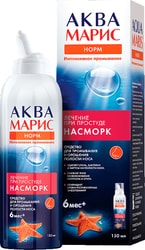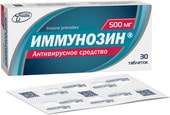The umbilical ring is the weakest point in the lower abdominal wall, lacking muscle and fat, often only scar tissue remains after childbirth. Weakening can lead to a hernia, where a loop of intestine, omentum, or other organs protrude. A qualified physician should be consulted for diagnosis and treatment; surgery is often recommended if there are no contraindications. Post-surgery (following herniotomy), proper rehabilitation is crucial, including the mandatory use of an umbilical hernia support belt to ensure successful healing and prevent recurrence. Even when surgery isn't an option, a support belt helps prevent strangulation.
Delayed use of a support belt can lead to complications, including irreducible hernias and potential tissue necrosis.
The belt height depends on the hernia diameter; the support pad should be larger than the hernia to avoid strangulation. Multiple pads might be needed for multiple hernias. Incorrect use can worsen the condition; consult your physician before use. Apply in the morning after waking, while the body is relaxed and the hernia is reduced. Hand wash gently without harsh chemicals or wringing, or machine wash on a delicate cycle with minimal spin.
Available at MegaMedShop, where our specialists can assist with size selection and provide guidance on use and care.
Polypropylene 39%, Latex 34%, Polyester 17%, Cotton 10%
umbilical hernia belt, hernia support belt, abdominal hernia belt, post-surgical hernia belt, postpartum hernia belt, hernia support, Krait B-440, hernia prevention, diastasis recti belt, abdominal muscle separation belt, hernia brace, umbilical hernia brace, belly band hernia support.





